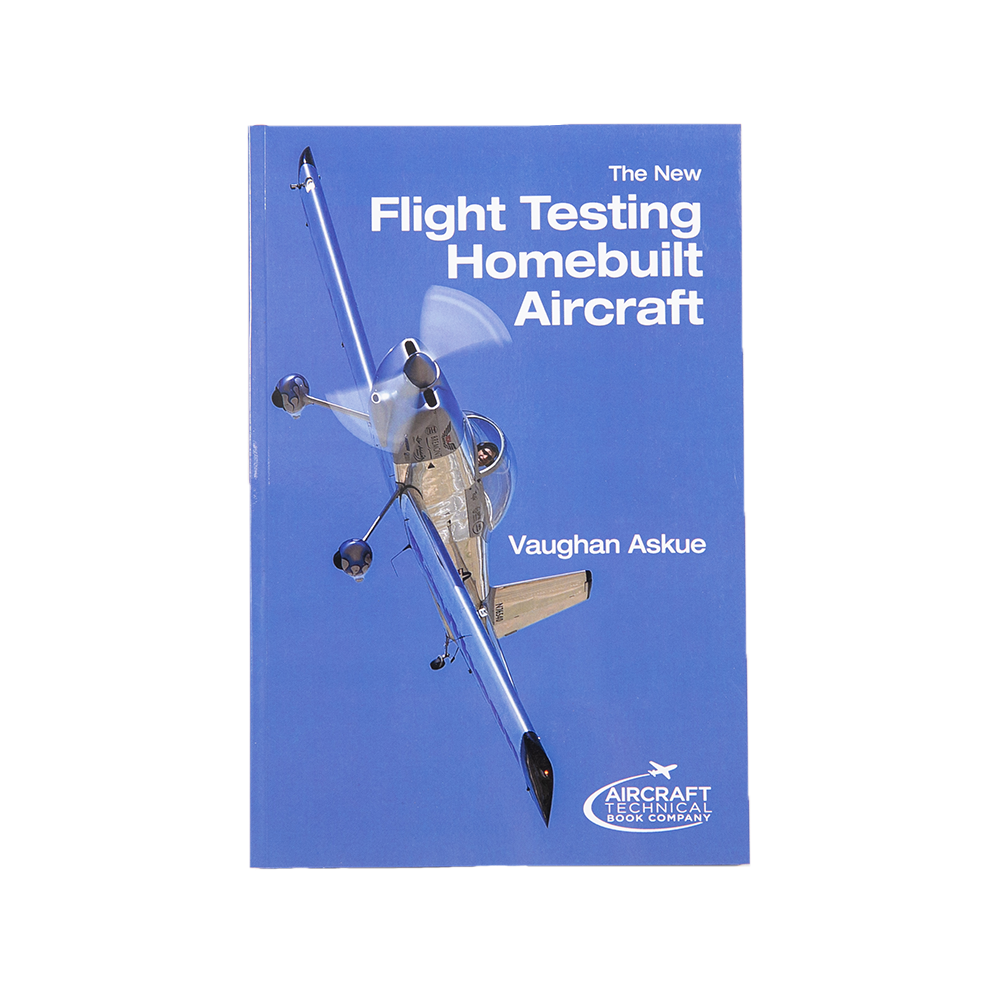I did a little searching on VAF, and some of them talked about paying for test cells, and one said somebody had made a "ground cooling duct" to run the engine on the ground. No other elaboration so I did some you tubing of various flavors. Dyno's, test cells, Lycoming, airboats, etc.
I might be overthinking how hard it is too break the engine on the ground. A few of the dyne's had fan fed duct, but most simply had some flavor of scoop sitting above the engine directing the prop blast down through the cylinders. Sort of like a big hood scoop. I would estimate most were 4-8 square feet of opening facing the prop. Lycoming had one of the simpler ones where they said they run their new engines in for 1-2.5 hours.
A lot, or maybe most, airboat look like they run with nothing but the bare engine. A few had an extremely simple venturi effect updraft setup for cooling. Just a flat piece of sheet metal on top of the engine with tabs cut and bent up. The air flows over, and suck a little air from the bottom.
The picture of Lycomings' test cell is attached. Quality isn't that good as it is just a screenshot from youtube.
It may not be rocket science to at least seat the rings on the ground.
I might be overthinking how hard it is too break the engine on the ground. A few of the dyne's had fan fed duct, but most simply had some flavor of scoop sitting above the engine directing the prop blast down through the cylinders. Sort of like a big hood scoop. I would estimate most were 4-8 square feet of opening facing the prop. Lycoming had one of the simpler ones where they said they run their new engines in for 1-2.5 hours.
A lot, or maybe most, airboat look like they run with nothing but the bare engine. A few had an extremely simple venturi effect updraft setup for cooling. Just a flat piece of sheet metal on top of the engine with tabs cut and bent up. The air flows over, and suck a little air from the bottom.
The picture of Lycomings' test cell is attached. Quality isn't that good as it is just a screenshot from youtube.
It may not be rocket science to at least seat the rings on the ground.



Comment